

That’s a lot!
What is?
Strings!
Original artwork?
No! Strings!
Huh? Strings?
Aren’t guitars and basses starting to have too many strings?
Ah, you mean extended-range instruments. Yeah, these days, 5-string basses and 7-string guitars are pretty common.
Exactly! I feel like I don’t have enough fingers for this!
Hold on... if you’re counting one finger per string, you already don’t have enough for a regular guitar!
Oh, true! Speaking of which, didn’t you recently get a 5-string bass, Horry?
Yeah, well... 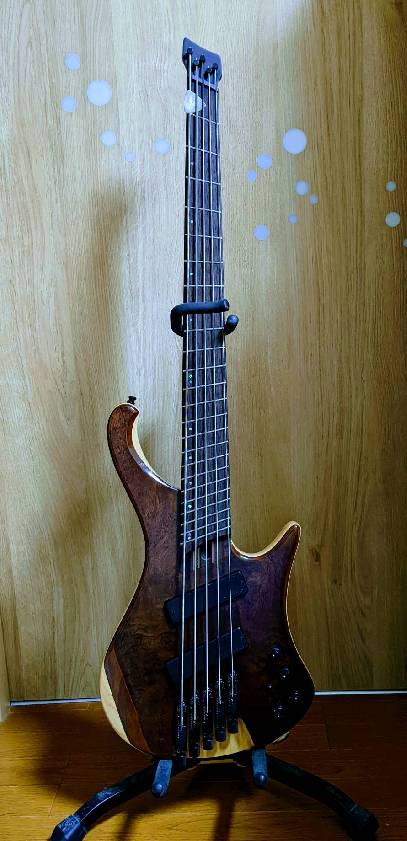
That’s so cool! But is there really a need for a 5-string bass?
Excuse me? What are you even talking about? This is partly your fault, you know, Kizuhiko.
Wait, what!?
You requested notes lower than the standard low E during the recording of your solo track! And you knew I only used a 4-string bass...
Ugh...
At that time, I managed by detuning my 4-string bass...
Oh, right, that happened... That was for my upcoming second solo album, Kizu-Dan Kizuhiko’s Dance Album, wasn’t it? 
Way to sneak in some promotion, huh?
There’s also an online signing event! Details here:
https://www.thecaptains.jp/news/7166
Good luck with that! Anyway, with a 5-string bass, I’ll be able to handle requests like that in the future. Well, even before this, there were times when a 5-string was necessary. In anime songs or Vocaloid tracks, it’s practically standard to use one...
What did you do in those cases?
I adjusted the arrangements to make it work somehow... But honestly, I just figured if they reached out to me, they weren’t expecting a perfect recreation of the original sound. Still, when a 5-string is required in recording, it’s clear they really want those low notes.
That’s right. I wanted those low notes. I’m humbled... So, can you teach me more about it?
About extended-range instruments? I’m still far from mastering mine, though...
But you’ve taken that huge first step by getting one! You’re the trailblazer here!
Trailblazer!? It’s not exactly cutting-edge or anything these days, you know?
Teach a novice like me who hasn’t taken that step yet!
You’re probably never going to, are you? But hey, it could make for a good story, so let’s give it a shot.
Start with the absolute basics!
Okay, where should we begin?
Can I use a 4-string tuner with it?
Uh... yeah, you probably can. Most modern tuners are compatible with extended-range instruments. But older tuners... maybe not?
Back in the day, it wasn’t really common, was it?
Right. But tuners designed for things like wind instruments usually have a broader range, so they should work. Oh, but if you’re dealing with something really extreme in terms of string count, even with a newer tuner, you might want to double-check its compatibility. Make sure the tuner supports the range you need.
Got it.
Speaking of which, you know those guitars and basses with a ton of strings you sometimes see on Twitter? Can those be tuned with a regular tuner? I’ve never really thought about it before...
Good point! What about the parts? Are the pegs or bridges different?
In terms of structure, there’s no difference, but since there are more strings, you can’t just use the same ones. The bridge, in particular, has to be made for extended-range instruments. I mean, it’s kind of obvious when you think about it.
Are they heavy?
The instruments themselves? Hmm, I’m not sure. It hasn’t really bothered me. But that might be because mine is designed to be lightweight. With 7-string or 5-string instruments, it’s more like, “Oh, maybe it’s a bit heavier,” but it’s not drastic.
What about the case?
That’s tricky. Mine’s headless, so it’s a bit of a special case.
Did I ask the wrong person?
Pretty much. But with something like a 7-string or 5-string, you might be able to use a regular case... probably? It really depends on the neck width and body size. You’d have to check case by case...
What kind of strings do you use? Are they expensive?
Yeah, they’re a bit pricier, for sure. I mean, there’s just more material there, right?
True.
But compared to before, there are definitely more options now. You hardly ever saw them back in the day. These days, a lot of models cater to extended-range setups. Though, yeah, for 7-string guitars and 5-string basses it’s fine, but go beyond that and the choices narrow down quite a bit.
What about effects pedals?
That’s a bit trickier... you might need to be cautious, I guess. There used to be pedals marketed for bass with claims like “quick response to low B,” but these days, most of them handle it just fine.
So, I don’t need to worry too much?
Pretty much. With effects pedals, it really comes down to personal preference. Even if a pedal isn’t designed for it, if you like how it sounds, just use it. Try out different ones and see what works for you.
Got it. I’m starting to feel like I understand now—thanks!
Wait, that’s it? What about the real hurdles of extended-range instruments—like neck width or body size? You’re just going to ignore those?
Oh, right! Okay, go ahead!
“Go ahead,” you say. Well, the thing with extended-range instruments is that, naturally, having more strings means wider necks and slightly larger bodies. For me, that’s the biggest challenge. When I tried one for the first time, I thought, “No way can I play this.”
You did say that!
But in the end, I guess it’s all about ‘getting used to it’. The more you play, the more it starts to feel natural. Not that I’ve gotten used to it myself yet. Oh, and then there’s the confusion that comes with having more strings.
Confusion?
Yeah, like on bass—sometimes I think I’m playing the 3rd string, but it turns out I’m on the 4th. It can mess with your sense of which string you’re on, especially at first. Plus, since the string spacing is different, if you’re not paying attention to your right-hand technique, you might accidentally hit the wrong string.
That sounds tricky...
I wonder how it works for guitars. For bass, some models have the same string spacing as 4-string basses, which makes the neck much wider. On the other hand, there are models that reduce the spacing between strings to keep the neck width in check. This really comes down to personal preference, so you’d have to try them out and see what feels right for you.
Knock, knock!
...What?
Well, you said ‘spacing’, so I thought about ‘entryway’.
I meant the spacing between the strings!
Ah, love between the strings... got it!
Glad we cleared that up.
I see, so even among extended-range instruments, neck widths can vary quite a bit.
Exactly. That’s why I recommend trying them out if you’re even a little curious. There are sounds you can only get with extended-range instruments. Though, it’s kind of funny coming from me—I used to be so fixated on four strings not that long ago.
You were like a prophet back then... Mwahaha... The future is always unpredictable!
Not a very convincing impression. Honestly, these days, I think it’s totally fine for beginners to start with an extended-range instrument. That way, there’s no adjustment period or weirdness to overcome. And now there are so many players who swear by the extended-range. If your favorite musician uses one, I’d even suggest diving straight into a multi-string instrument. Although... yeah, I was all about four strings... we’ve covered that.
I’ve learned a ton! Thanks! I’ll keep all this in mind for when I eventually get a seven-string guitar. Wait...! These are so affordable!? Oh no, I can actually buy one!? 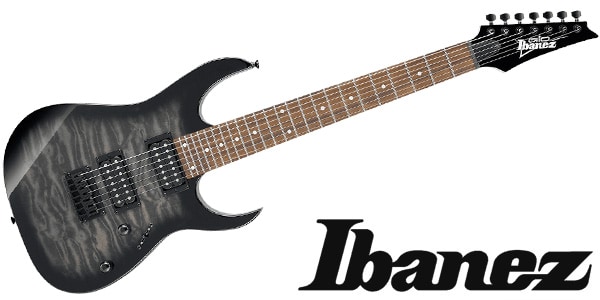
Ibanez / GRG7221QA-TKS 7-String Guitar
Yeah, there are more affordable options out there now. It’s so easy to get into... what a time to be alive.
And everything is?
For love!
The “sound & person” column is made up of contributions from you.
For details about contributing, click here.












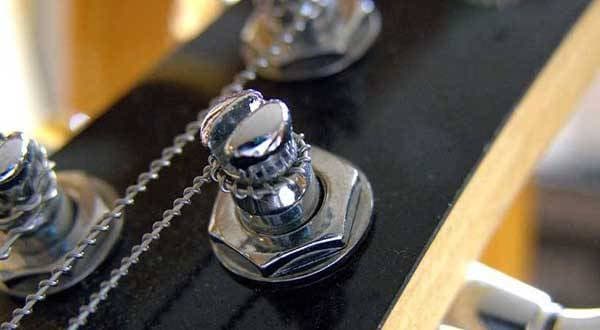
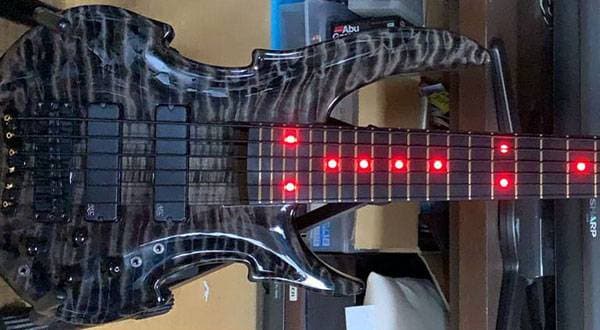

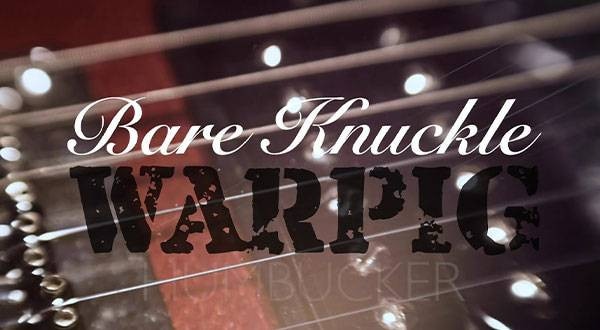

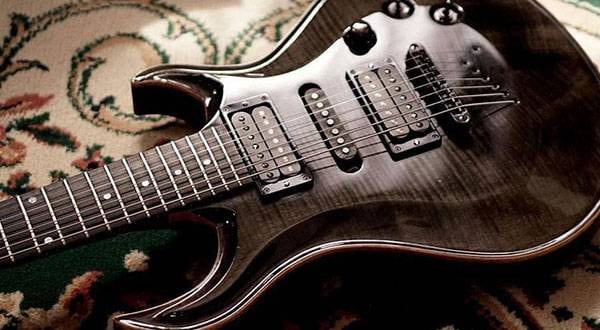
 バンドあるある相談
バンドあるある相談
 ギターパーツの沼
ギターパーツの沼
 基礎から学ぶベースレッスン
基礎から学ぶベースレッスン
 7弦ギタースタートガイド
7弦ギタースタートガイド
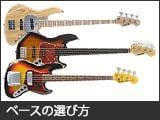 ベースの選び方
ベースの選び方
 ギター名人ラボ
ギター名人ラボ















